Exploring the Enchanting World of Animated Cartoons: A Dive into the Art and Impact of Animated Fil
The Evolution of Animation: A Journey Through Cartoon History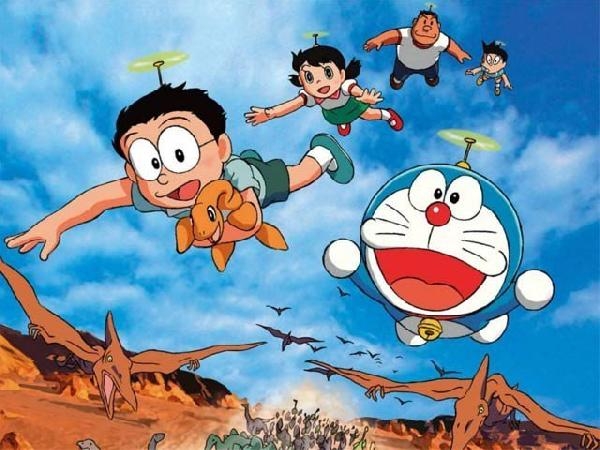
- Introduction: Animation, the art of creating moving images through a series of still pictures, has a rich and fascinating history. From the early days of hand-drawn cartoons to the cutting-edge computer-generated imagery (CGI) of today, the evolution of animation is a testament to human creativity and technological progress.

- The Birth of Animation: The roots of animation can be traced back to the 19th century. The invention of devices like the zoetrope and the flip book laid the foundation for the moving images we know today. However, it was the pioneering work of figures like Émile Cohl and Winsor McCay that truly brought animation to life.
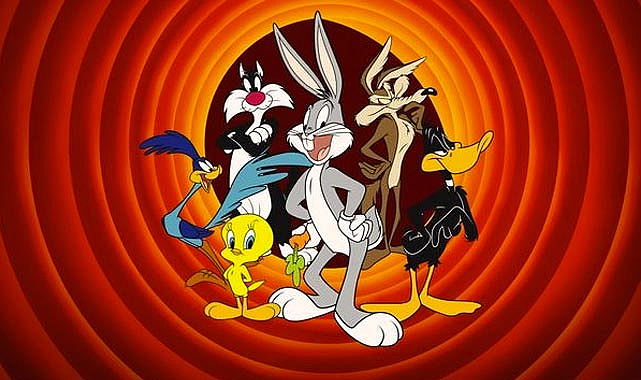
- Cinematic Milestones: The first animated feature film, "Snow White and the Seven Dwarfs," created by Walt Disney in 1937, marked a significant milestone in animation history. This success paved the way for a golden age of animation, with Disney leading the charge and introducing iconic characters like Mickey Mouse and Donald Duck.The 1950s and 1960s saw the rise of animation in television, with shows like "The Flintstones" and "The Jetsons" captivating audiences. Hanna-Barbera, a prominent animation studio during this era, played a crucial role in shaping the landscape of animated television.
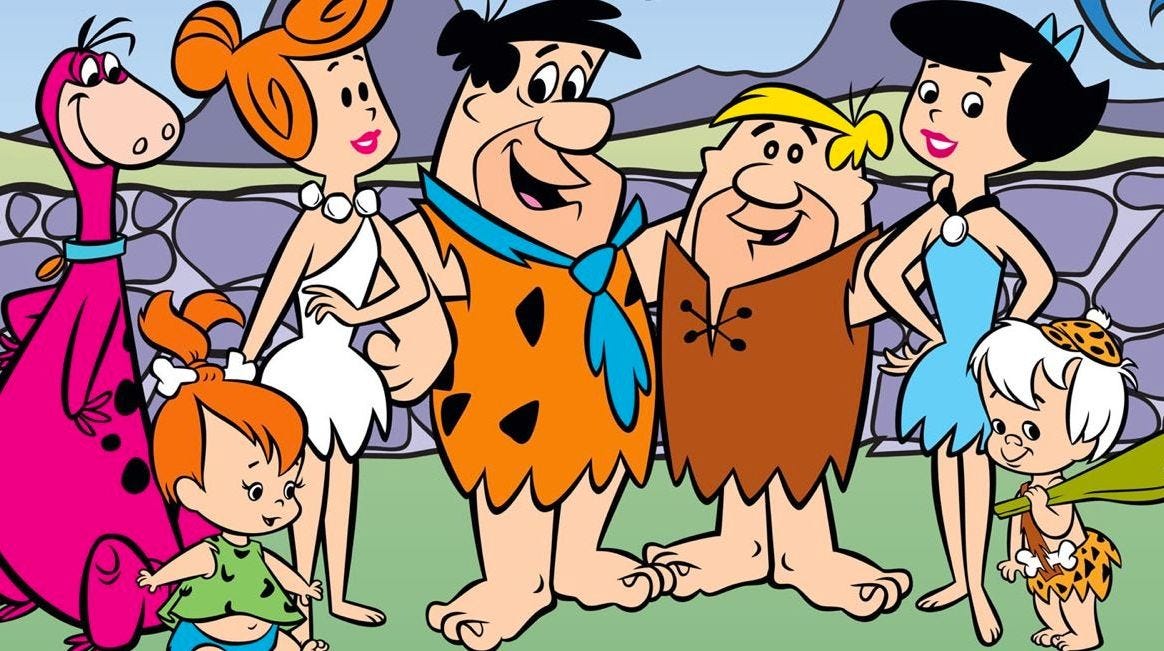
- Innovation and Technological Advancements: The latter half of the 20th century witnessed remarkable advancements in animation technology. The introduction of computer animation in the 1980s revolutionized the industry, allowing for more complex and realistic visuals. Pixar, with its groundbreaking film "Toy Story" in 1995, demonstrated the potential of CGI in storytelling.
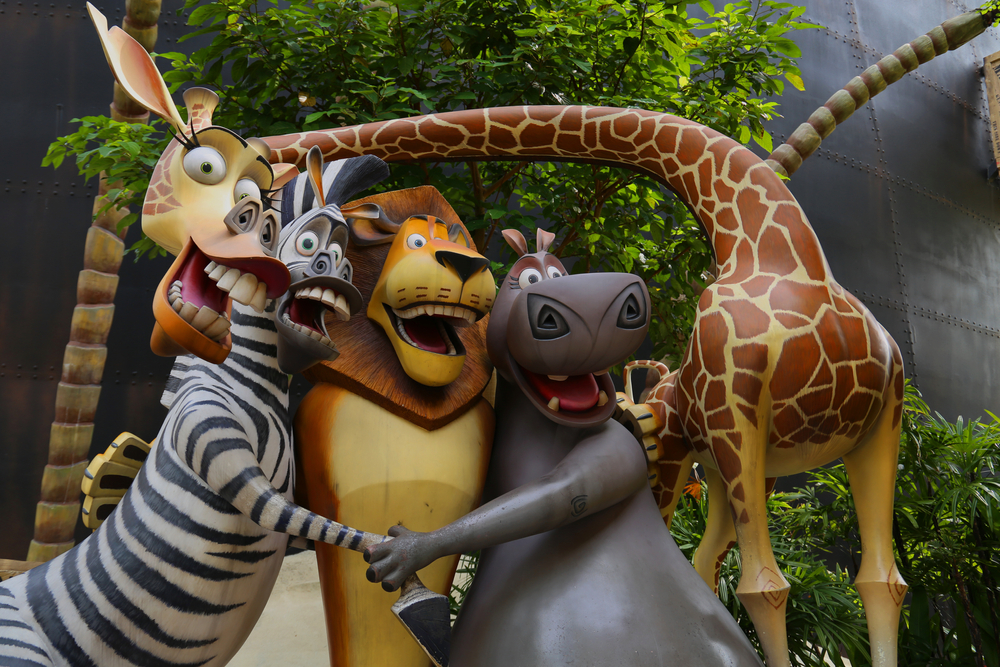
- Global Influence: Animation is not confined to Western studios. Japanese anime, with its distinctive art style and narrative complexity, gained international popularity. Studio Ghibli, known for classics like "Spirited Away" and "My Neighbor Totoro," became a global powerhouse, showcasing the universal appeal of animated storytelling.
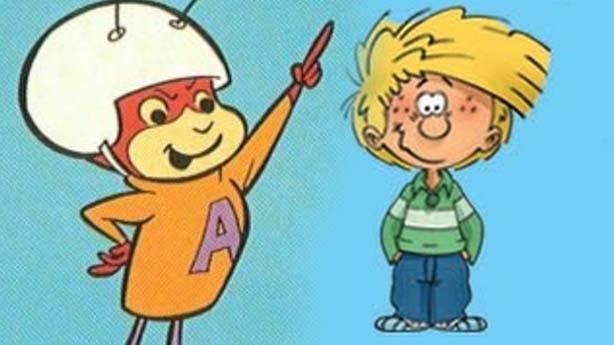
- Digital Era and Beyond: The 21st century has seen a surge in 3D animation, with films like "Frozen" and "Shrek" capturing the imagination of audiences worldwide. Streaming platforms have also become a new frontier for animated content, providing creators with diverse avenues to showcase their work.
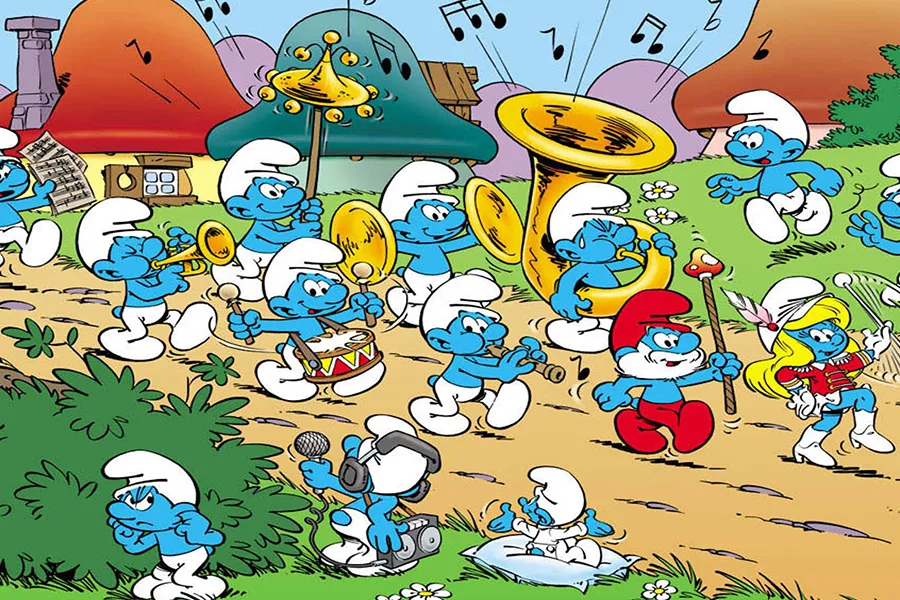
Conclusion:
The history of animation is a journey filled with innovation, creativity, and technological breakthroughs. From humble beginnings to the global phenomenon it is today, animation continues to captivate audiences of all ages. As we look to the future, one can only wonder about the exciting possibilities and advancements that lie ahead for this dynamic and ever-evolving art form.
Pikachu: The Iconic Electric Mouse Pokémon

Pikachu, the electrifying and lovable Pokémon, has become a global cultural phenomenon since its introduction by Nintendo and Game Freak in the 1990s. Created by Ken Sugimori, Pikachu has transcended its origins as a character in the Pokémon franchise to become a symbol of pop culture, recognized and adored by people of all ages around the world.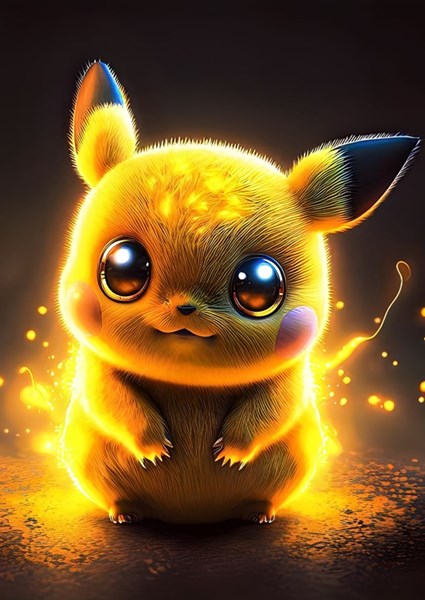
- Origin and Evolution: Pikachu made its debut in 1996 as one of the original 151 Pokémon. Known for its yellow fur, pointy ears, and lightning bolt-shaped tail, Pikachu quickly became the mascot of the Pokémon franchise. Its evolution line, starting with Pichu and culminating in Raichu, showcases the growth and development of this electrifying character.
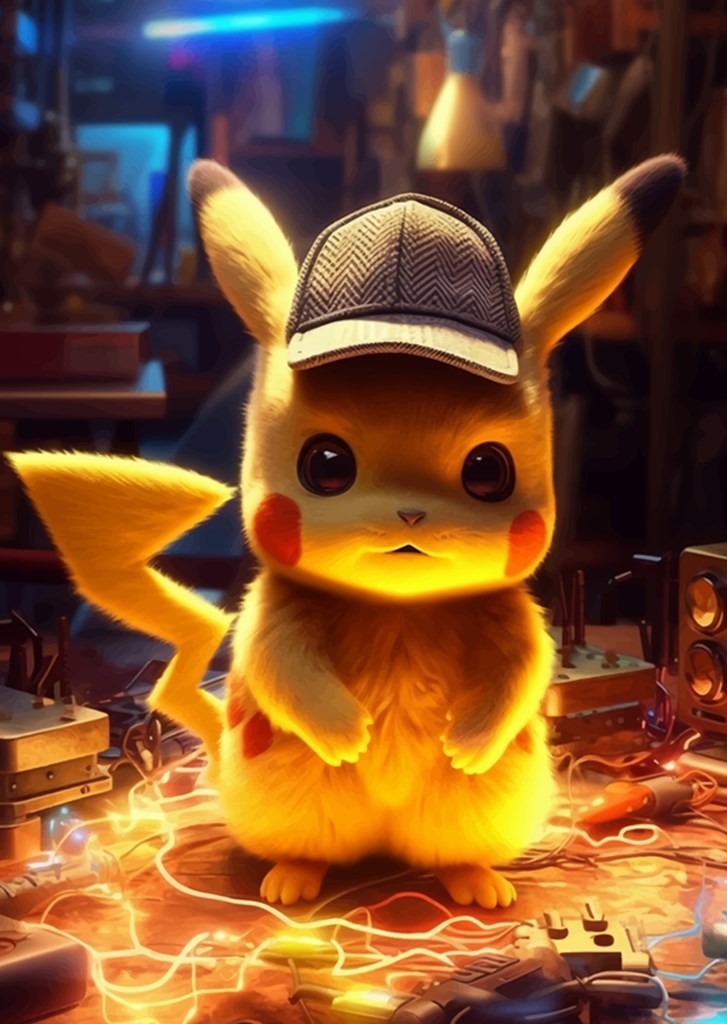
- Anime and Media Influence: The Pokémon animated series, which first aired in 1997, played a pivotal role in Pikachu's rise to fame. The endearing partnership between Pikachu and the series' protagonist, Ash Ketchum, tugged at the heartstrings of viewers worldwide. Pikachu's signature move, Thunderbolt, and its iconic cry of "Pika Pika" became instantly recognizable, solidifying its status as a cultural icon.Pikachu's presence extends beyond the small screen. The Pokémon franchise includes movies, trading card games, merchandise, and more, ensuring Pikachu's visibility and popularity in various forms of media.
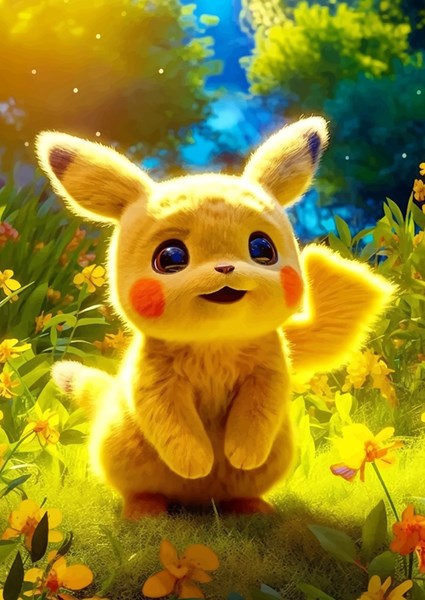
- Gaming Legacy: Pikachu's popularity is not confined to the screen; it extends to the world of video games. The Pokémon video game series, starting with Pokémon Red and Green, allowed players to capture and train Pikachu, making it a staple in the virtual Pokémon world. The introduction of Pokémon GO in 2016 further heightened Pikachu's cultural impact, as players around the globe embarked on real-world adventures to catch this electrifying Pokémon.
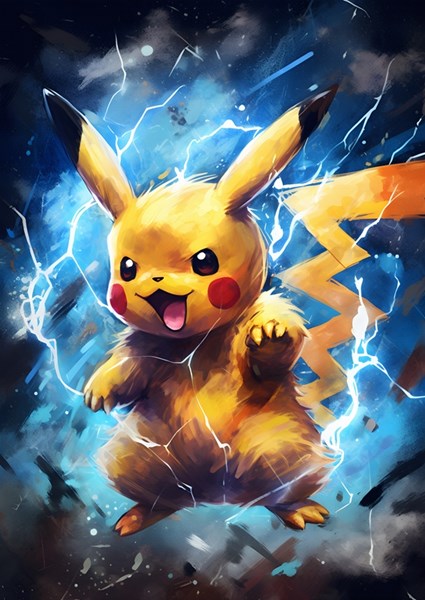
- Global Cultural Impact: Pikachu's influence reaches far beyond the realm of gaming and entertainment. The character has become a symbol of Japanese pop culture and a cultural ambassador for Japan itself. The annual Pikachu Parade in Yokohama and Pikachu-themed events worldwide demonstrate the character's universal appeal and its ability to bring people together.
Conclusion: In conclusion, Pikachu's journey from a fictional creature in a video game to a global cultural icon is a testament to the power of storytelling and character design. Its enduring popularity, spanning generations and cultures, cements Pikachu's place in the pantheon of beloved fictional characters. As Pokémon continues to evolve and expand its horizons, one thing remains certain – Pikachu's electric charm will continue to captivate the hearts of fans for years to come.
VİDEO LİNK: https://www.youtube.com/watch?v=51WQD_1Ok6I
VİDEO LİNK: https://www.youtube.com/watch?v=sMR_NDw8-e8
VİDEO LİNK: https://www.youtube.com/watch?v=xp6mt36LKX4
















































